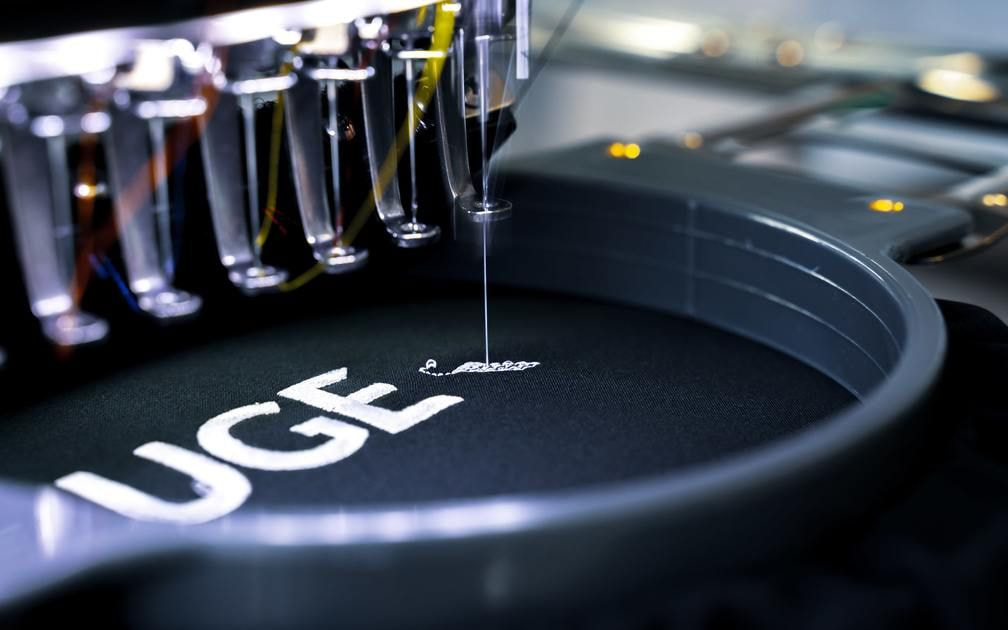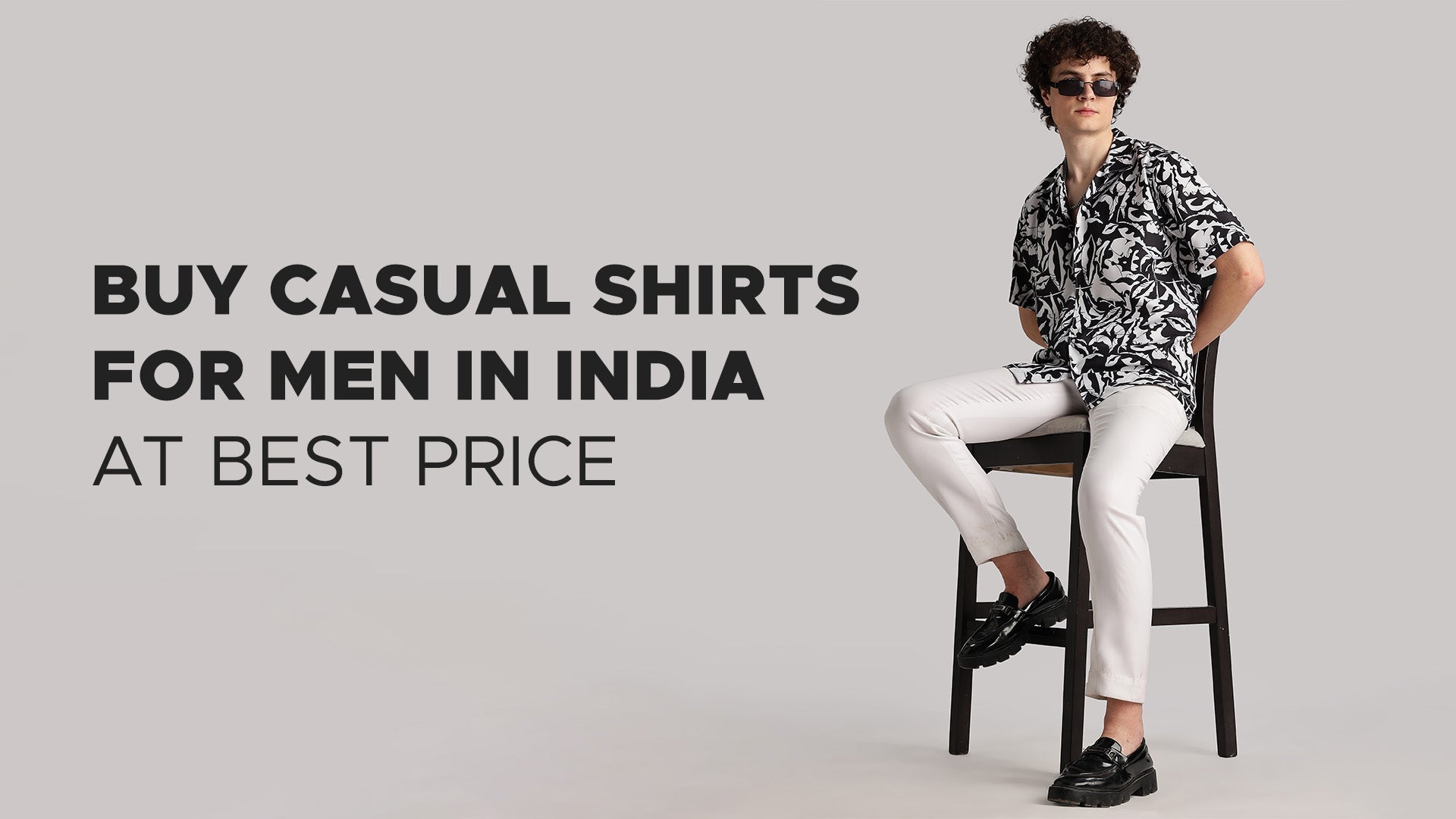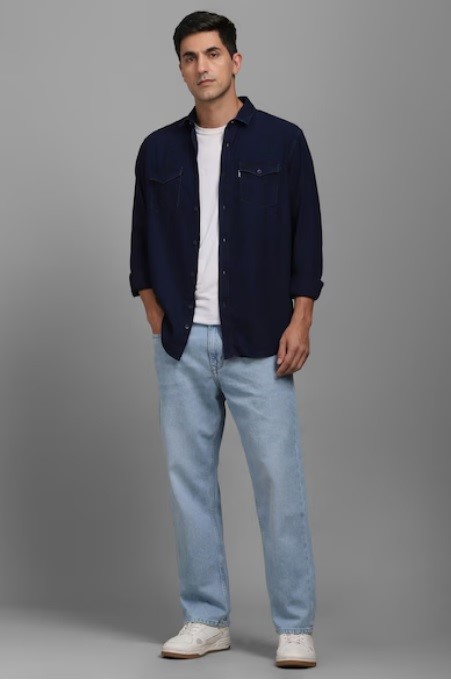How to print on metal: 3 Methods with beautiful results
July 29, 2025 | by deven.khatri@gmail.com

There are several techniques available to print on aluminum, depending on the quantity you need, required equipment, and whether you want a glossy or matte finish.
Dye sublimation printing
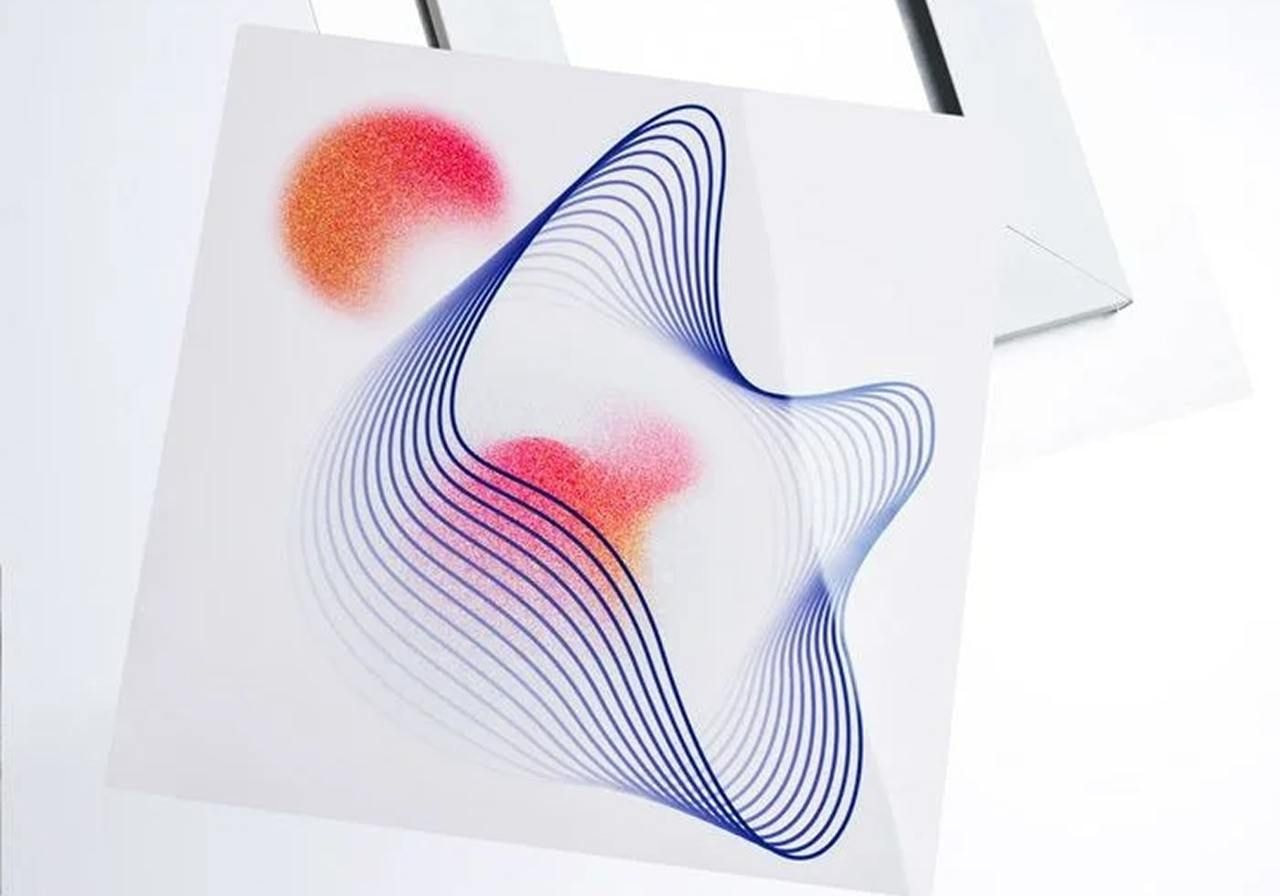
Dye sublimation is the most popular technique for creating high-quality metal prints, especially on coated aluminum panels. It yields vivid, durable, and professional-looking results. Thanks to its exceptional color reproduction and long-lasting finish, this method is commonly used in both fine art galleries and small-scale artisan shops.
Unlike surface-level techniques, dye sublimation embeds the image into the metal’s surface, making it highly resistant to moisture, UV exposure, and physical wear. This type of metal print is ideal for photography, macro art, and detailed designs.
Producing professional-grade metal prints requires specialized machines and expertise. It’s not typically a DIY-friendly process, as it demands strict control over heat, timing, and materials.
For the best results, most creators rely on experienced Print Providers, like Printful, who know the ins and outs of sublimation printing and have all the necessary equipment.
Here’s how it’s done:
-
A mirrored version of your digital image is printed onto sublimation transfer paper using dye-based sublimation inks.
-
The coated aluminum sheet (usually 0.30–0.45 inches thick) is placed on the base of a heat press. The sublimation paper is carefully aligned on top, ensuring it’s perfectly positioned.
-
Heat-resistant tape holds the transfer paper in place and prevents any shifting during pressing.
-
The heat press is closed and applies consistent pressure at approximately 400°F (204°C). The heat turns the solid inks into gas, which bonds with the metal coating.
-
Once transferred, the metal panel is removed and left to cool.
Mastering dye sublimation takes skill and experience, but when done right, it achieves vivid, long-lasting metal prints with exceptional clarity and color depth.
Screen printing on metal
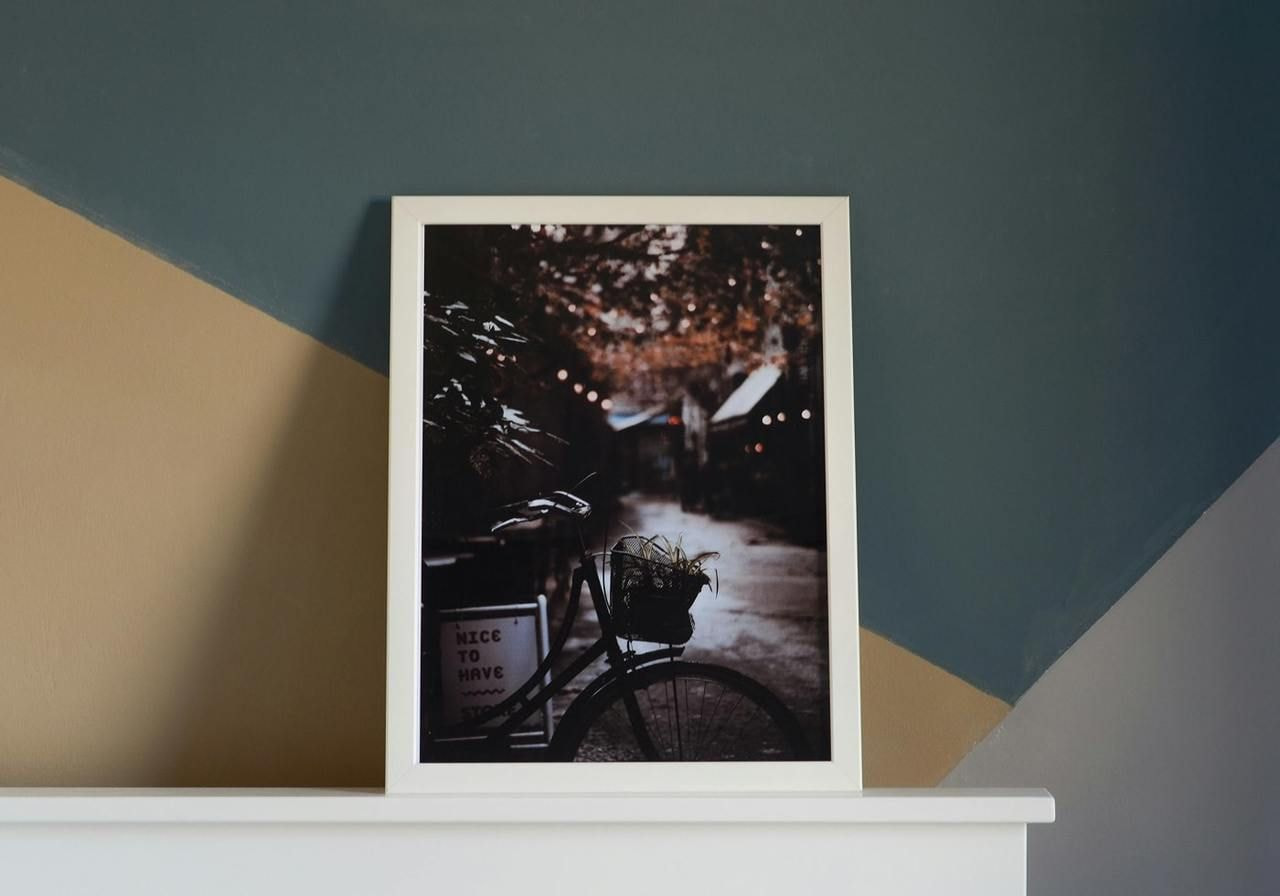
Screen printing is a classic technique for producing bold, high-contrast designs on metal surfaces. While it doesn’t create photo-realistic detail, it’s perfect for clean lines, bold graphics, and solid colors, making it especially popular for signage, industrial labeling, product branding, and minimalist artwork.
Unlike digital methods, screen printing lays down thick layers of ink, resulting in a tactile, slightly raised finish that’s both durable and visually impactful. It’s often used for large-scale printing jobs since the stencil can be used many times.
Here’s how it works:
-
A mesh screen is stretched tightly over a frame, and a stencil is applied to block out the areas where ink shouldn’t go. The open mesh areas match the design.
-
For multi-color designs, each color is separated and assigned its own screen.
-
Ink is spread across the screen and pressed through the open mesh using a squeegee, laying the design onto the metal surface beneath.
-
Each color layer is printed one at a time, with drying or curing steps between layers to ensure the design really sticks and doesn’t smudge.
-
The ink is cured – typically with heat or UV light – to permanently bond it to the metal surface.
Screen printing is a reliable and cost-effective choice for creators and brands looking to produce clean, resilient designs on metal with strong visual impact.
UV direct printing
UV direct printing is a quick way to make high-resolution metal prints. It uses ultraviolet light to instantly cure ink as it’s applied to coated metals like aluminum or steel, eliminating the need for heat, drying time, or transfer paper.
This technique is ideal for logos, illustrations, and detailed photography. It delivers vibrant color, fine detail, and a durable, smudge-resistant finish.
Here’s how the process works:
-
A flatbed UV printer receives the image and prepares it for direct application onto the metal surface.
-
UV-curable inks are sprayed in fine droplets across the metal.
-
Built-in UV lamps cure the ink on contact, bonding it to the surface instantly.
-
A white base layer enhances color on dark backgrounds, while a clear finish achieves a more subtle, translucent effect.
-
The print is fully cured, durable, and ready to display or sell right away.
UV printing is often used on metal tags, keychains, labels for machinery or electronics, license plates, and more. And it doesn’t stop at metal – it also works on wood, glass, and plastic. Its immediate results make it ideal for jobs with a tight deadline.
RELATED POSTS
View all

